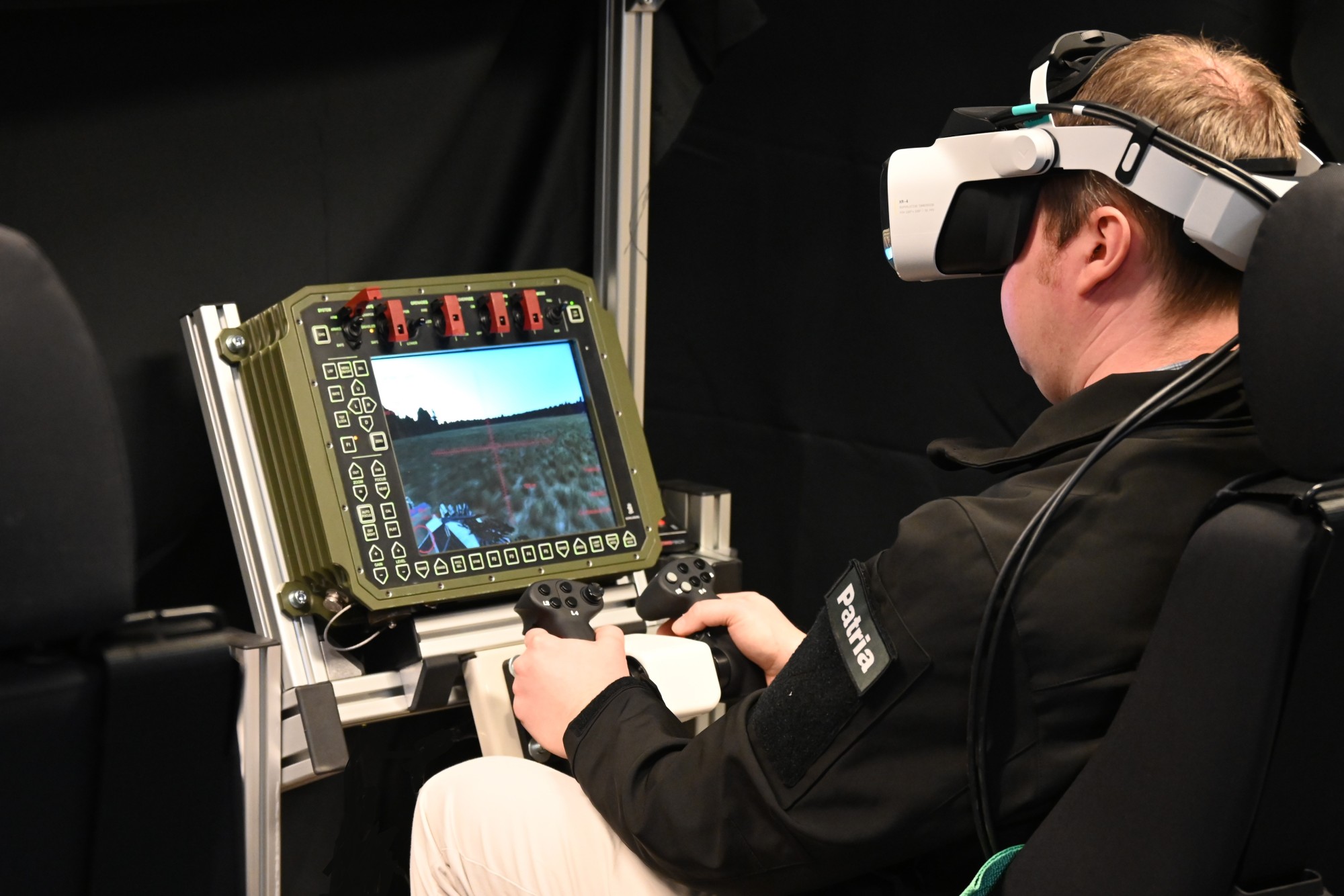

How Lufthansa Aviation Training Accelerates Commercial Pilot Training With XR
Lufthansa Aviation Training partnered with BRUNNER and Varjo to explore innovative mixed reality solutions to complement their traditional aircraft training.
The NovaSim MR DA42 simulator developed by BRUNNER combines the use of a realistic cockpit with the advanced mixed reality of the Varjo’s Focal Edition headset, providing trainees with an immersive and realistic training experience.
Lufthansa Aviation Training is the flight academy subsidiary of Lufthansa and a leading full-service provider of commercial pilot training with more than 60 years of experience in the business. Every year, they train more than 700 pilots across six different training centers.
While real-life aircraft, such as the Diamond DA42, are used as a key part of the training, Lufthansa Aviation Training is constantly on the lookout for new methods and technologies to make the training better and more effective. This led them to partner with BRUNNER and Varjo in order to leverage mixed reality as part of their training curriculum.
The Challenge: How to Provide Immersive, Efficient Training, 24/7

Training in a real aircraft is still the best method of training commercial pilots, but it has several limitations. As the number of aircraft and instructors is limited, heavily relying on training in physical aircraft would mean the volume of pilots you are able to train and the frequency of instruction you can provide them with is relatively low.
When working with pilot trainees, you also can’t fly training flights in all weather conditions such as during low visibility. These kinds of conditions can last for a long time, and can slow down training considerably, so having alternative training methods available during these periods is extremely useful.
Furthermore, training in a real aircraft carries substantial costs and there are environmental factors to take into account as well, so other cost-effective methods to increase the training frequency can be very beneficial. For example, an hour spent in a simulator is considerably cheaper than an hour in an aircraft, and the velocity and frequency of training can be improved significantly.
The Solution: A State-of-the-art Mixed Reality Flight Simulator
While nothing can fully replace training in a real aircraft, new technologies that can complement this training are extremely useful. This led to Lufthansa exploring innovative mixed reality simulator solutions with BRUNNER and Varjo.
BRUNNER’s NovaSim MR DA42 simulator features a real cockpit and utilizes mixed reality provided by the Varjo Focal Edition headset. This provides several advantages over traditional physical simulators. With the high-quality video pass-through, the trainee can see their hands and body, and operate all switches, controls and instrument panels with perfect clarity.
The virtual scenario is projected outside the cockpit and provides the trainee with a 360-degree view, allowing them to naturally look anywhere in the virtual environment – unlike in a traditional simulator which is often limited to around 180 degrees.


“The new generation of pilots will be able to reach their targets quicker, become more professional, and do it at a lower cost, in a more environmentally friendly way.”
Daniel Jäger - Team Leader for Synthetic Training at Lufthansa Aviation Training

Furthermore, using accessories like kneeboards is extremely easy, and the extremely high resolution of the Focal Edition allows you to easily read even small text with perfect clarity. The mixed reality camera system in the Varjo headset is calibrated to provide improved image clarity in the 30 cm to 80 cm range (12” to 31”) from the headset, in comparison to a standard XR-3, which means it provides an even better experience for flight training scenarios.
All of this allows Lufthansa Aviation Training to provide instruction to pilots of tomorrow in new formats the trainees are eager to engage in, while improving the training volumes and reducing costs and environmental effects.
Daniel Jäger, Team Leader for Synthetic Training at Lufthansa Aviation Training pilot school in Switzerland, says the simulator experience was far better than they initially expected.
He sees many benefits with the mixed reality simulator, which they will introduce into the training program in the future. The system is now ongoing an official certification process. “We can clearly see the future in mixed reality. We can use it in training with the young generation, and they’ll be able to reach their targets quicker, become more professional, and do it at a lower cost, in a more environmentally friendly way.”
Dive into the possibilities that VR and XR technology can bring to pilot training and flight simulation:


